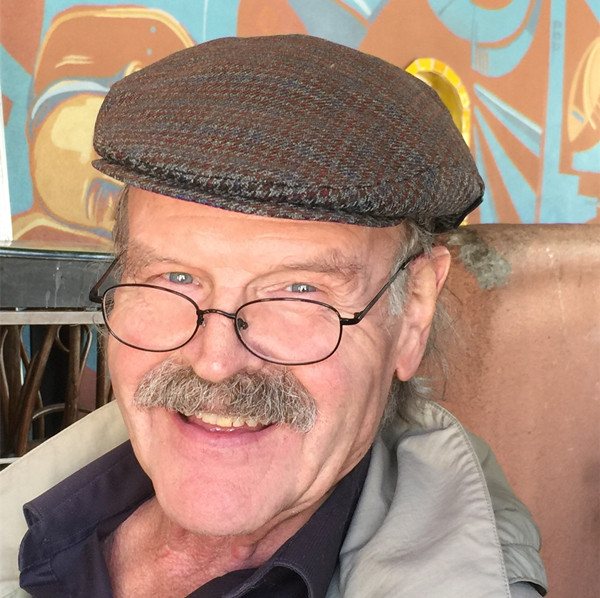New Developments for Pulsed and CW Laser Applications on Earth and in Space
演讲课题:New Developments for Pulsed and CW Laser Applications on Earth and in Space
演讲人:Claude R. Phipps
演讲摘要:
Among solid state lasers, the geometry of fiber lasers leads to unique advantages in heat dissipation and energy extraction per unit volume (200J/cm3), leading to 20kW single-mode from a single fiber, unimaginable 20 years ago. These can be stacked and combined to produce 100kW. Multimode fiber systems up to 500kW are available, and “wallplug efficiency” as large as 50% is achieved. In the first part of this paper, we review the state of the art in very high power CW lasers (including one idea for MW-class FEL’s) and their applications for industry and for space propulsion. In contrast, for pulsed fiber lasers, nonlinear optic effects limit energy to only 1-5 mJper fiber. In order to use laser ablation to push an object at 100km range in space with reasonably sized focusing optics, we must form plasma on the target, and this implies at least 100J pulse energy[1], which in turn requires that we coherently phase at least 20,000 adjacent 5mJ fiberbeams in one transmitting aperture with subwavelength accuracy. Previously, although 64 CW fibers had been phased[2], it seemed very difficult to phase so many pulsed fibers because of the combinatorial complexity of the problem, not to mention time-dependent phase shifts due to nonlinear optical effects. A practical consequence of phasing can be precise, instantaneous steering of CW or pulsed beams for both industrial and space applications. Recently, 61 phased pulsed fibers giving a total 3mJ, 300fs at 200kHz (600W) have been reported in a stretcher/compressor setup[3]. We review the successful solutions to the problemof phase measurement and phase control in thissetup, in which </38 stability between two fibers was achieved, and what this achievement means for applications like the French-proposed XCAN system.One of these is represented by IZEST, the International Zeta Exawatt Science and Technology effort to achieve relativistic particle acceleration using intense light[4].





















